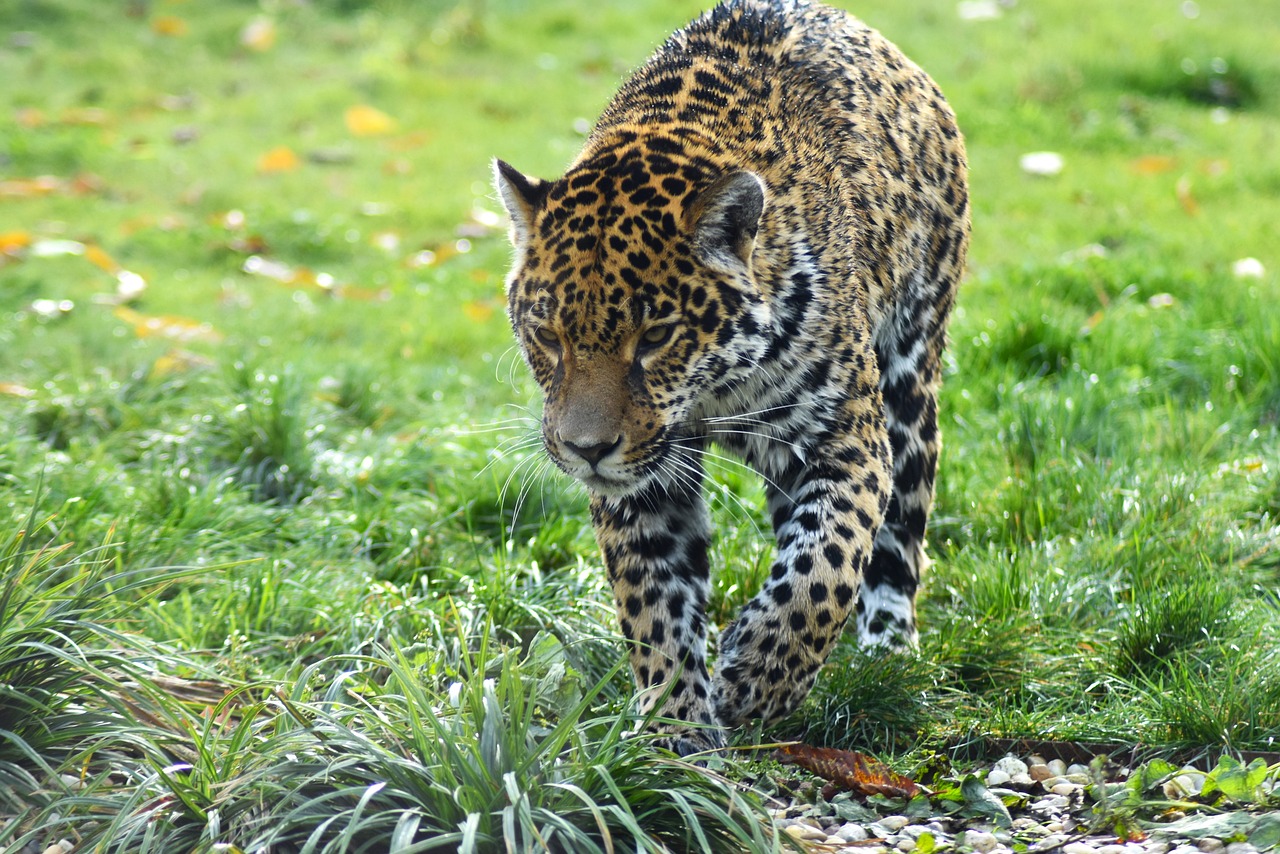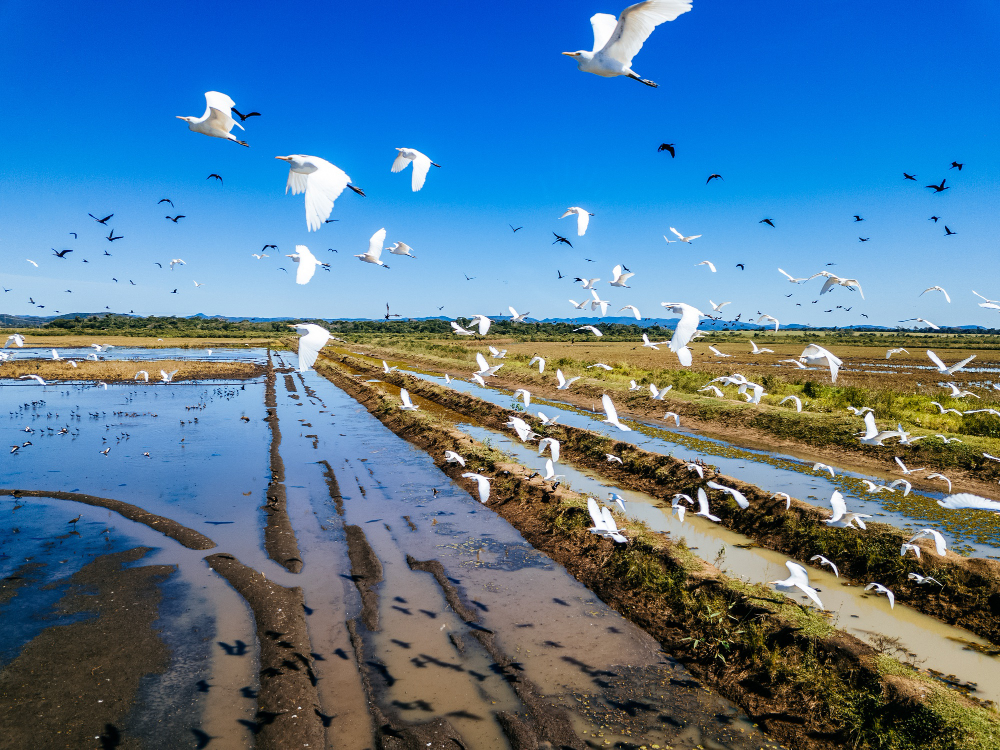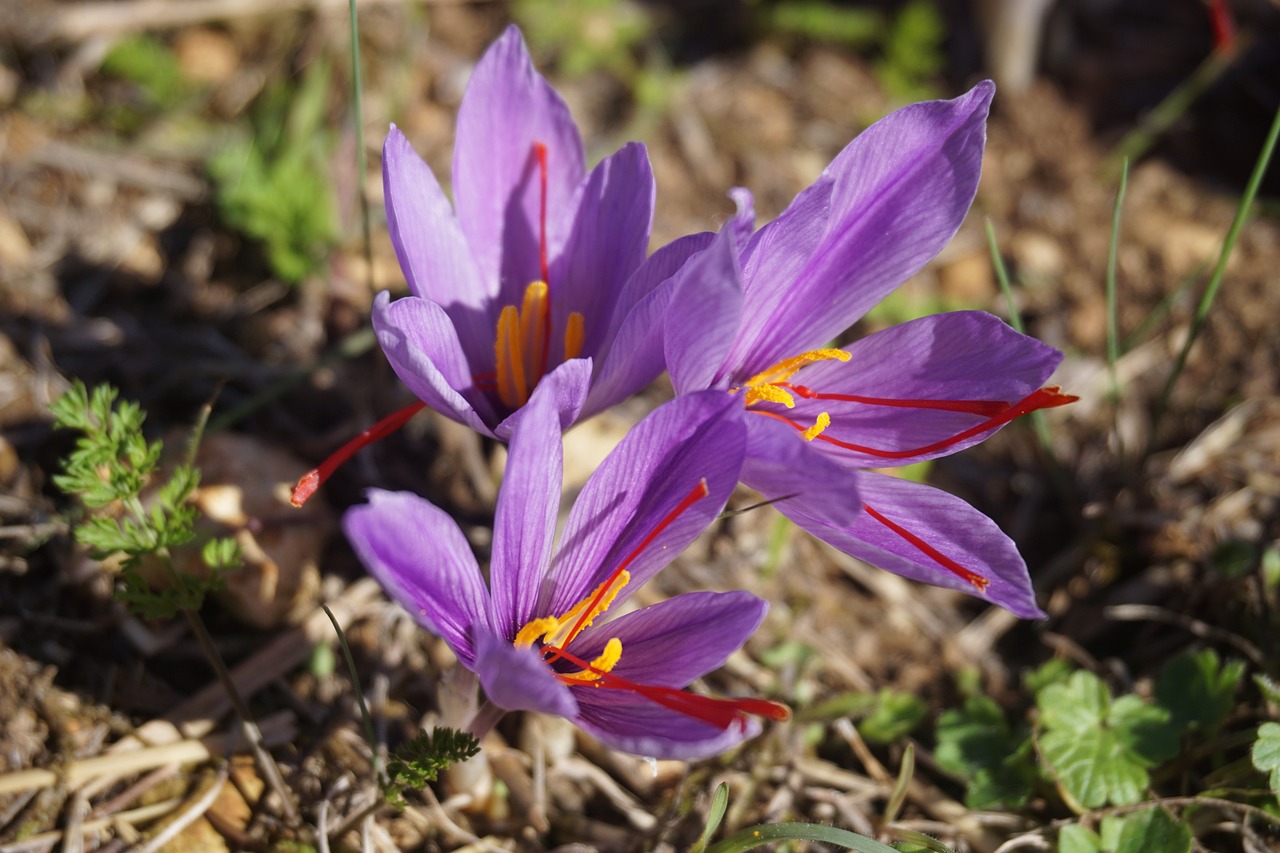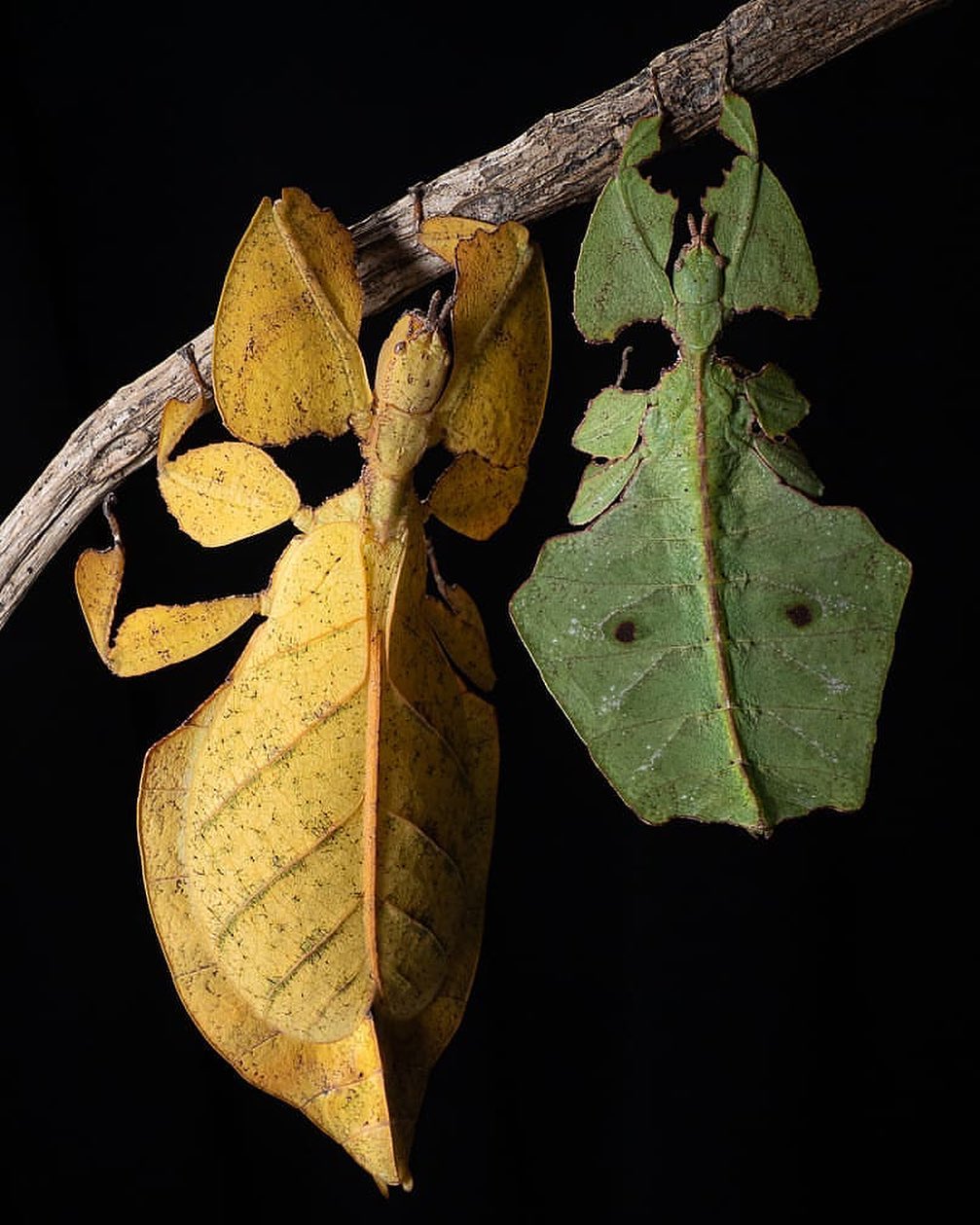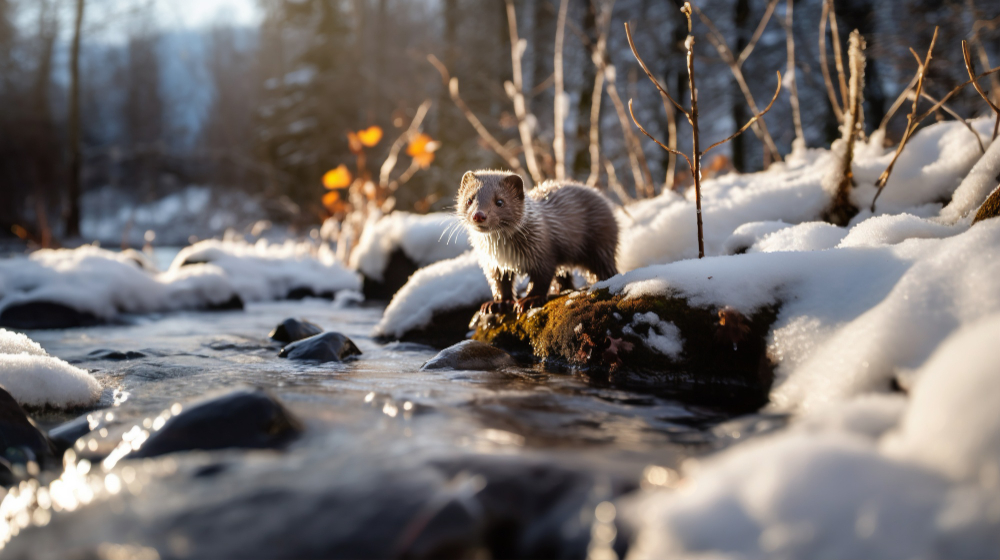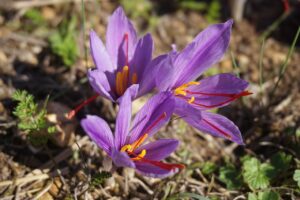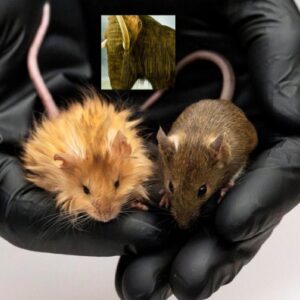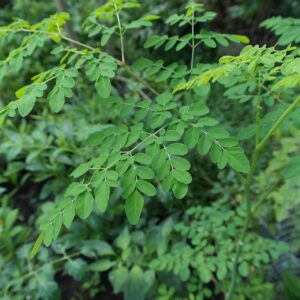Leaf insects, also known as walking leaves, are a type of insect that have evolved remarkable camouflage to resemble leaves. This unique adaptation helps them blend seamlessly into their environment, making them masters of disguise in the insect world.
 Pin
Pin Table of Contents
Physical Characteristics of Leaf Insects
 Pin
Pin Leaf insects possess remarkable physical characteristics that allow them to blend seamlessly with their natural environment. These creatures are predominantly green or brown, closely resembling the coloration of leaves in their habitat. Their bodies are intricately designed to replicate the shape and texture of real leaves, enabling them to effectively camouflage themselves from potential predators.
One of the most fascinating features of leaf insects is their ability to mimic the intricate details found on actual leaves. Some species have evolved to develop vein-like patterns and markings on their bodies, adding an extra layer of authenticity to their disguise. This remarkable adaptation not only serves as a form of protection but also aids in their hunting strategies, as they can effortlessly blend in the foliage while waiting for their unsuspecting prey.
The level of mimicry displayed by leaf insects is truly astonishing, often leading observers to mistake them for genuine leaves. Their uncanny resemblance to foliage is a testament to the effectiveness of their physical characteristics in evading detection. This camouflage not only conceals them from predators but also offers them a strategic advantage in ambushing their prey.
Through their green or brown coloration, leaf-like bodies, and intricate markings, leaf insects have mastered the art of disguise in the natural world. Their ability to seamlessly blend into their surroundings showcases the wonders of adaptation and evolution. This remarkable display of mimicry highlights the ingenuity of nature in equipping organisms with the tools they need to thrive in their ecosystems.
The physical characteristics of leaf insects exemplify the incredible ways in which they have adapted to survive in their environment. Their ability to mimic the appearance of real leaves with such precision and detail is a testament to the beauty and complexity of the natural world.
Lifecycle of Leaf Insects
Leaf insects, like many other insects, follow a lifecycle characterized by incomplete metamorphosis. This lifecycle consists of three main stages: egg, nymph, and adult.
- The first stage begins when adult female leaf insects lay their eggs on the leaves of plants. These eggs are carefully placed by the female to ensure the safety and survival of the offspring. Once the eggs are laid, they are left to develop and eventually hatch into nymphs.
- After hatching, the nymphs emerge as miniature versions of the adult leaf insects. At this stage, they already bear a striking resemblance to leaves in their environment, showcasing their incredible camouflage abilities from an early age. Nymphs will continue to feed on the leaves of plants as they grow and develop. As the nymphs mature, they undergo a series of molts where they shed their exoskeletons to accommodate their increasing size. This process of molting is crucial for leaf insects to continue their growth and development. With each molt, the nymphs gradually resemble the appearance of adult leaf insects more closely.
- Finally, after several molts and periods of growth, the leaf insects reach adulthood. At this stage, they have fully developed their leaf-like appearance and are capable of reproducing, continuing the lifecycle of leaf insects. Adult leaf insects will continue to feed on plant foliage and may also engage in mating activities to produce the next generation of eggs.
The lifecycle of leaf insects follows a pattern of incomplete metamorphosis, where eggs hatch into nymphs that resemble miniature adults. Through multiple molts and growth stages, the nymphs eventually reach adulthood, completing the lifecycle. This process highlights the fascinating journey of leaf insects from egg to adult, showcasing their incredible adaptations and survival strategies in their natural environment.
Habitat and Distribution
Leaf insects possess remarkable physical characteristics that allow them to blend seamlessly with their natural environment. These creatures are predominantly green or brown, closely resembling the coloration of leaves in their habitat. Their bodies are intricately designed to replicate the shape and texture of real leaves, enabling them to effectively camouflage themselves from potential predators.
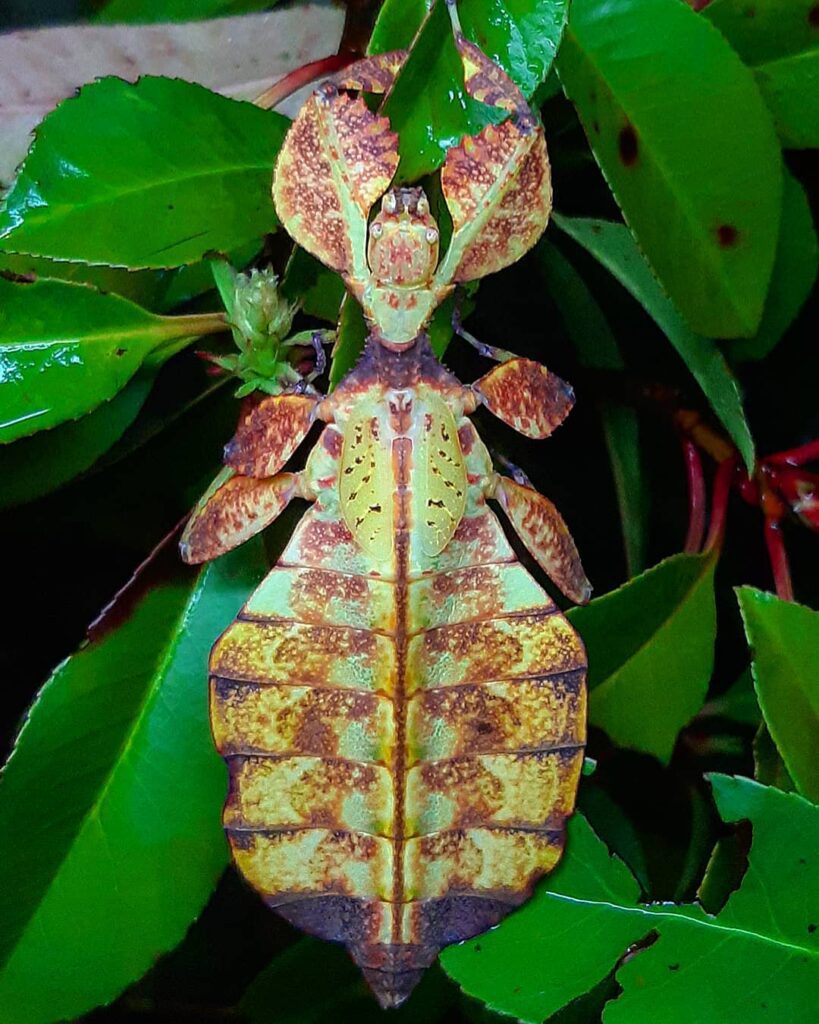 Pin
Pin One of the most fascinating features of leaf insects is their ability to mimic the intricate details found on actual leaves. Some species have evolved to develop vein-like patterns and markings on their bodies, adding an extra layer of authenticity to their disguise. This remarkable adaptation not only serves as a form of protection but also aids in their hunting strategies, as they can effortlessly blend in the foliage while waiting for their unsuspecting prey.
The level of mimicry displayed by leaf insects is truly astonishing, often leading observers to mistake them for genuine leaves. Their uncanny resemblance to foliage is a testament to the effectiveness of their physical characteristics in evading detection. This camouflage not only conceals them from predators but also offers them a strategic advantage in ambushing their prey.
Through their green or brown coloration, leaf-like bodies, and intricate markings, leaf insects have mastered the art of disguise in the natural world. Their ability to seamlessly blend into their surroundings showcases the wonders of adaptation and evolution. This remarkable display of mimicry highlights the ingenuity of nature in equipping organisms with the tools they need to thrive in their ecosystems.
The physical characteristics of leaf insects exemplify the incredible ways in which they have adapted to survive in their environment. Their ability to mimic the appearance of real leaves with such precision and detail is a testament to the beauty and complexity of the natural world.
Diet and Feeding Habits
Leaf insects, being herbivores, have a diet that mainly consists of consuming leaves from various plants. Their feeding habits are essential for their survival and growth, as leaves provide the necessary nutrients and sustenance these insects require to thrive.
Equipped with sharp mandibles, leaf insects are adept at efficiently chewing and consuming foliage. This unique feature enables them to process and digest leaves effectively, extracting the nutrients essential for their well-being.
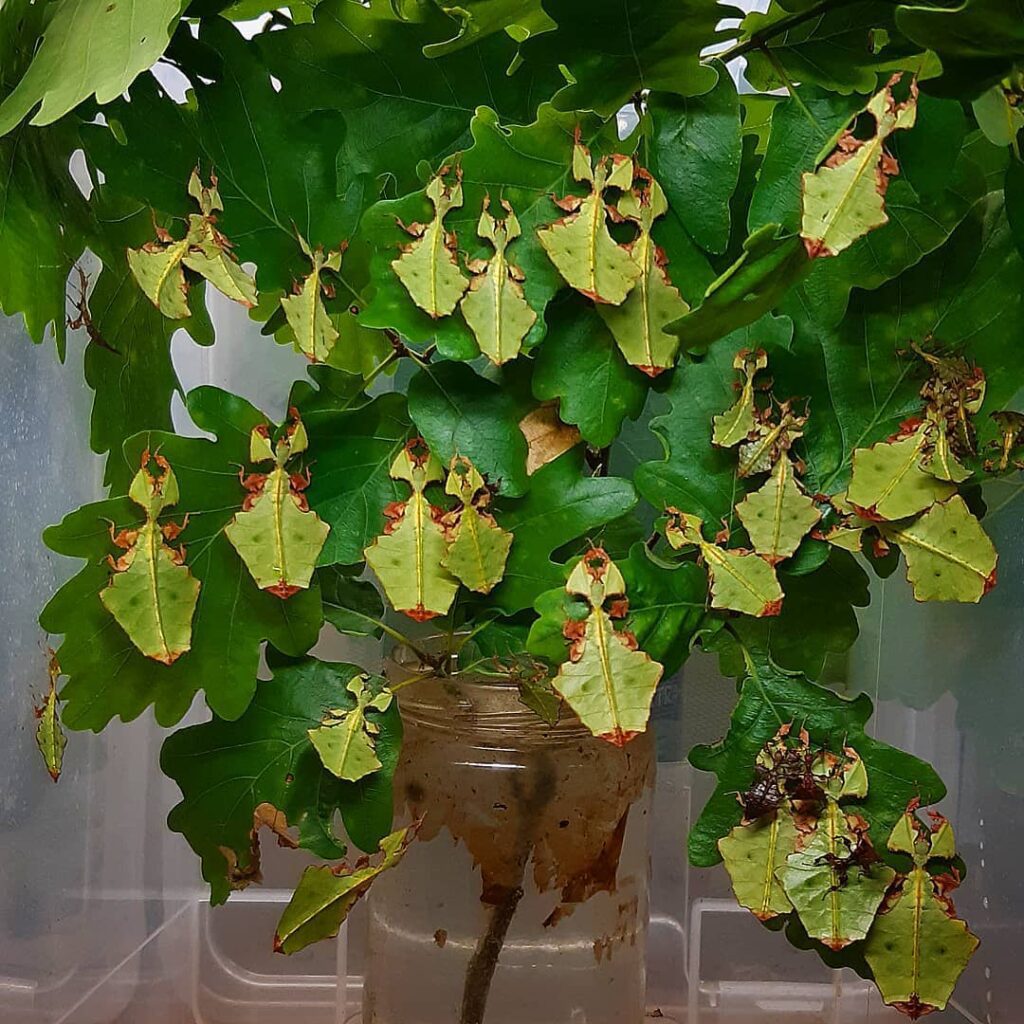 Pin
Pin While the general diet of leaf insects revolves around feeding on a wide range of plant leaves, some species exhibit specialized feeding habits. Certain leaf insects may have specific preferences for particular types of plants, relying solely on those plants for their nutritional requirements. These specialized diets can be influenced by factors such as the chemical composition of the plants, their availability in the habitat, and the insects’ evolutionary adaptations.
The ability of leaf insects to adapt their feeding habits to different plant species showcases their remarkable versatility and resilience in diverse environments. By consuming leaves as their primary food source, leaf insects play a crucial role in the ecosystem’s balance, contributing to the natural cycle of plant consumption and decomposition.
The diet and feeding habits of leaf insects reflect their herbivorous nature and their dependence on plant foliage for sustenance. Their specialized mandibles enable efficient consumption of leaves, while some species exhibit specific preferences for certain types of plants. Through their feeding behaviors, leaf insects demonstrate their unique role in the ecosystem and their intricate relationship with the plant life around them.
Predators and Defense Mechanisms
Leaf insects, despite their remarkable camouflage abilities, are not immune to predation and face threats from various predators like birds, reptiles, and insects. To survive in their environment and evade these predators, leaf insects have developed several effective defense mechanisms.
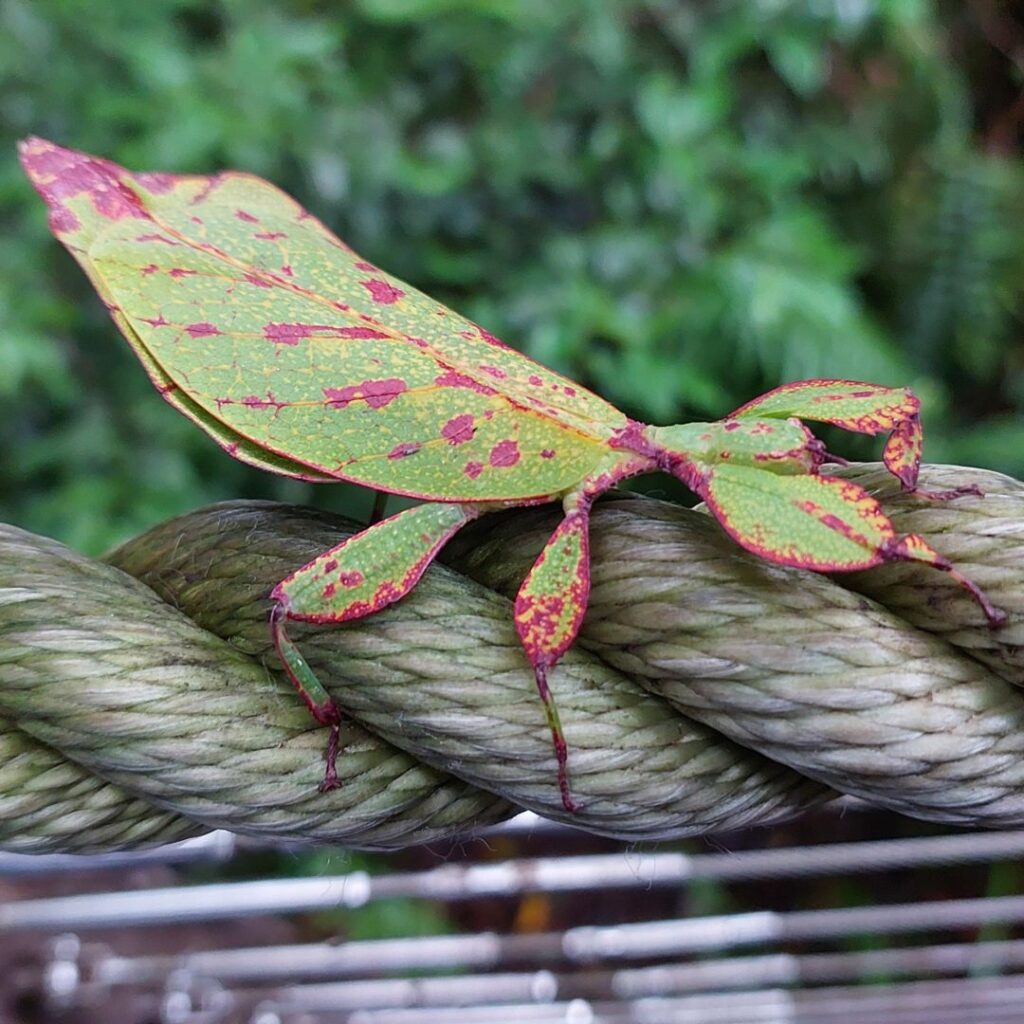 Pin
Pin One of the primary defense tactics employed by leaf insects is to freeze in place when threatened, relying on their camouflage to blend seamlessly into their surroundings and avoid detection by predators. This immobile stance helps them evade being noticed, as they resemble a leaf or a twig, making it challenging for predators to distinguish them from their environment.
Leaf insects have adapted a clever strategy of swaying like a leaf in the wind when faced with danger. This mimicry of natural leaf movements adds another layer to their camouflage, potentially confusing predators and providing a momentary opportunity to escape unnoticed.
In extreme situations, leaf insects resort to a drastic defense mechanism by dropping to the ground and feigning death. This deceptive behavior, known as thanatosis, is a last-ditch effort to deter predators by appearing unappetizing or lifeless. By playing dead, leaf insects hope to trick their predators into thinking they are no longer a threat, buying precious time to avoid being consumed.
Through these intricate defense strategies, leaf insects demonstrate their ability to adapt to the challenges posed by predators in their environment. Their survival relies on a combination of camouflage, mimicry, and deception, illustrating the evolutionary ingenuity of these fascinating creatures in protecting themselves from potential threats.
Conservation Status and Importance
The conservation status and importance of leaf insects lie in the balance of their role in ecosystems and the threats they face due to habitat loss. Leaf insects are not classified as endangered currently, but the ongoing deforestation and habitat destruction put their populations at risk.
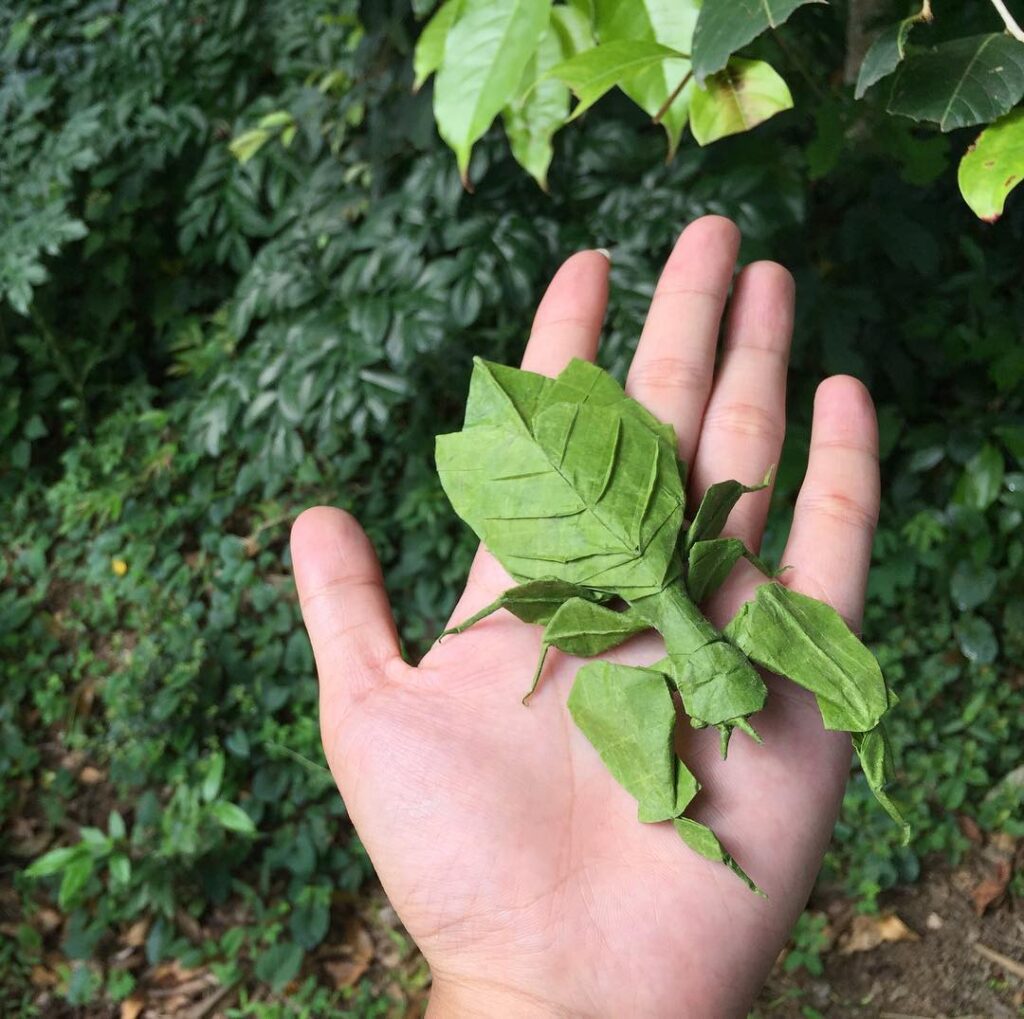 Pin
Pin In their ecosystems, leaf insects serve as essential herbivores, playing a significant role in the food chain. They are a food source for various predators, contributing to the balance of the ecosystem. Their presence influences the population dynamics of other species, showcasing the interconnectedness of biodiversity.
Preserving the natural habitats of leaf insects is crucial for maintaining the delicate balance within their ecosystems. Deforestation not only directly impacts leaf insects but also disrupts the entire ecological system they are a part of. Loss of habitat leads to a decline in leaf insect populations, affecting the food web and potentially causing repercussions on other species dependent on them.
Conservation efforts targeted towards protecting the habitats of leaf insects are essential to safeguard not only these fascinating creatures but also the biodiversity of their habitats. By preserving the environments where leaf insects thrive, we support the diversity of life forms that rely on them for sustenance and ecological stability.
The overarching significance of conserving leaf insects lies in recognizing their role as integral components of their ecosystems. Their conservation is not just about safeguarding a single species but acknowledging the interconnectedness of all living organisms within an ecosystem. By valuing and preserving leaf insects and their habitats, we contribute to the preservation of biodiversity and the sustainability of our natural world.
The Top 10 Most Beautiful Leaf Insects in Nature
Leaf insects are among the most fascinating and visually arresting creatures in the insect world. Known for their remarkable camouflage that resembles a leaf, these insects are truly a sight to behold. In this article, we will explore the top 10 most stunning leaf insects that showcase the wonders of nature.
1. Indian Leaf Insect (Phyllium pulchrifolium): With its striking green appearance and intricate leaf-like patterns, the Indian Leaf Insect is a true masterpiece of camouflage.
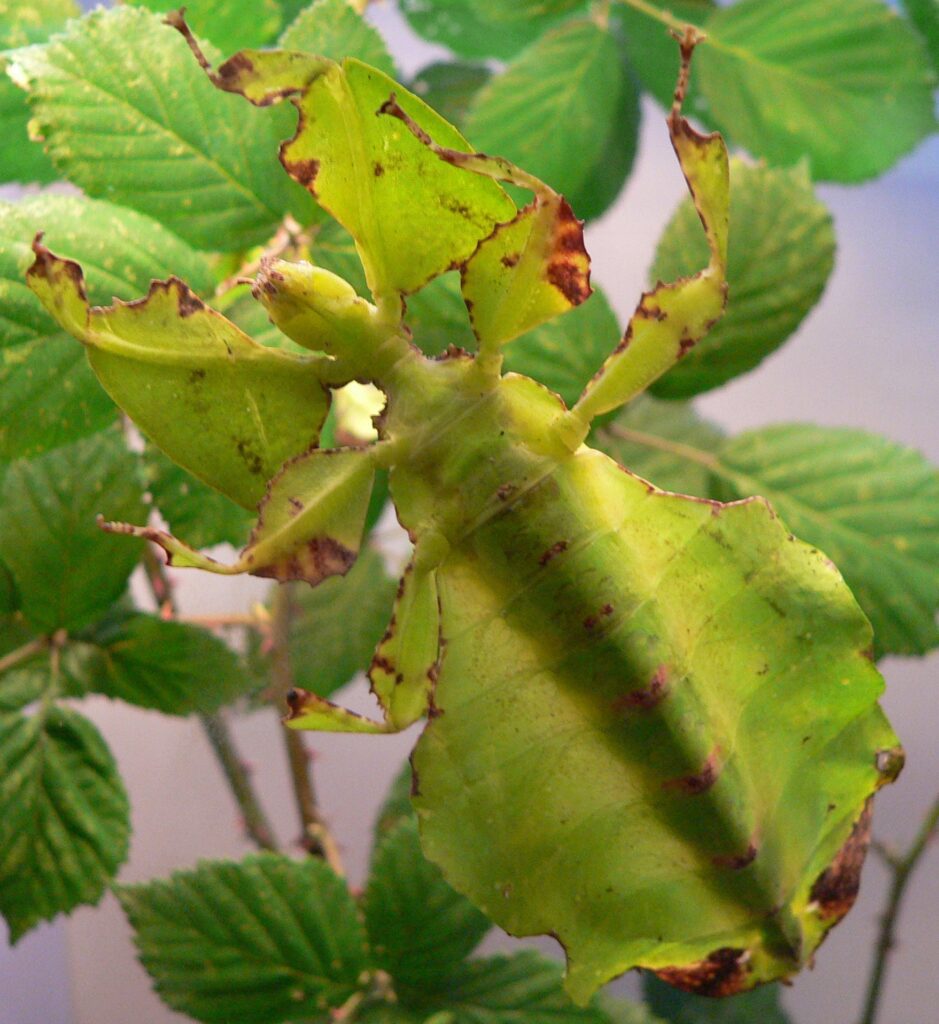 Pin
Pin 2. Malaysian Leaf Insect (Phyllium giganteum): This large leaf insect is a sight to behold with its impressive size and lifelike leaf structure.
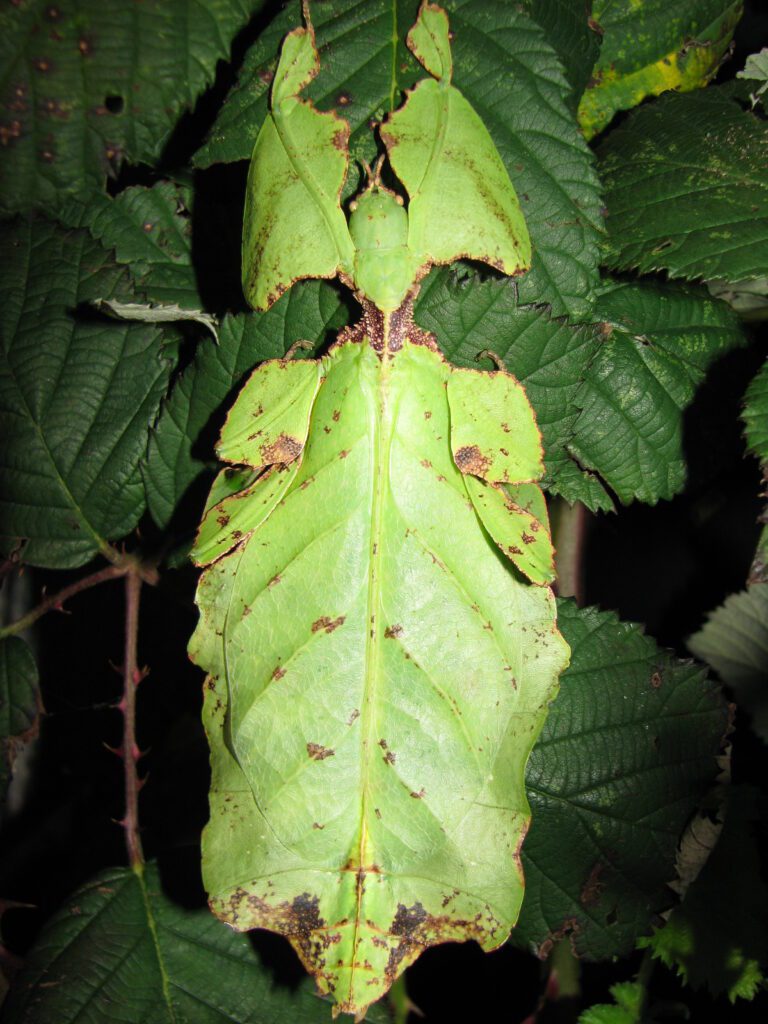 Pin
Pin 3. Ghost Insect (Phyllium tobeloense): The Ghost Insect earns its name with its ghostly appearance and stunning leaf-like resemblance.
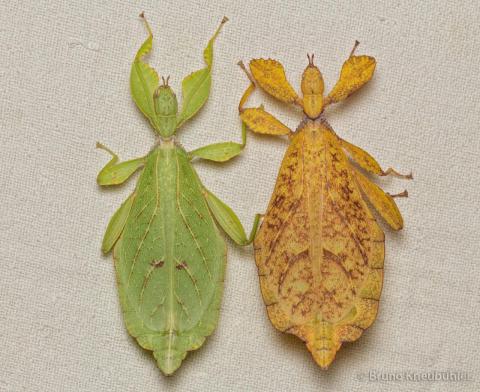 Pin
Pin 4. Walking Leaf (Phyllium bioculatum): This leaf insect is known for its remarkable ability to mimic a withered leaf, making it virtually indistinguishable from the real thing.
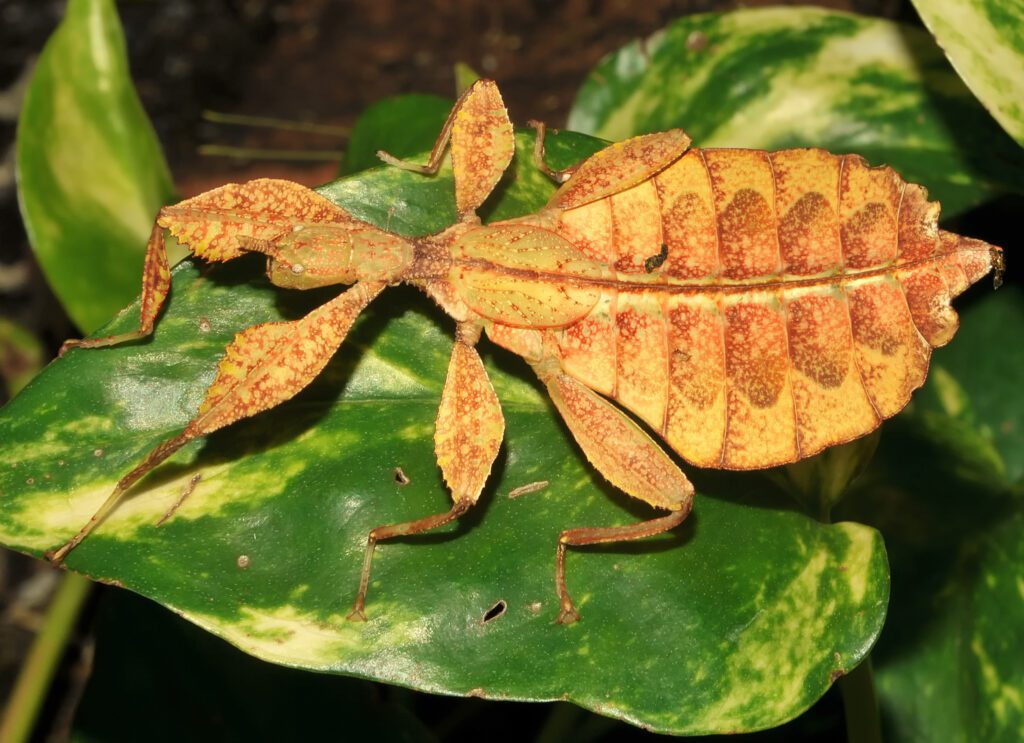 Pin
Pin 5. Vietnamese Leaf Insect (Phyllium westwoodii): The Vietnamese Leaf Insect captivates with its delicate leaf-like appearance and intricate green patterns.
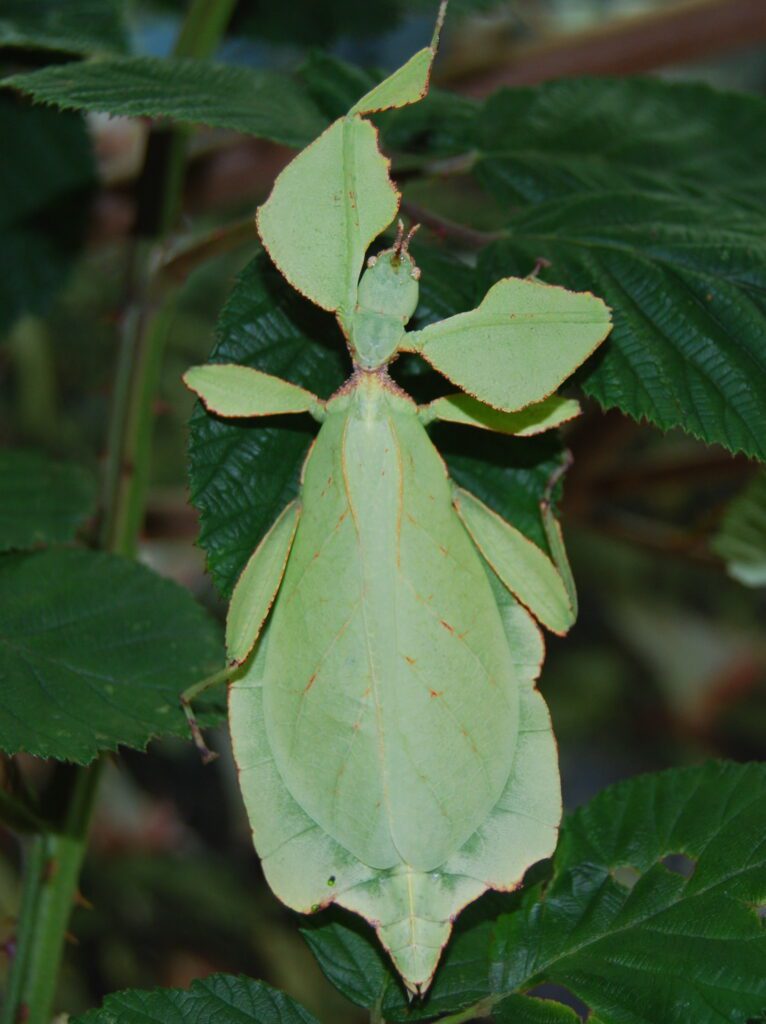 Pin
Pin 6. Pink Winged Walking Stick (Phyllium monteithi): This unique leaf insect stands out with its pink wings and intricate leaf-like details.
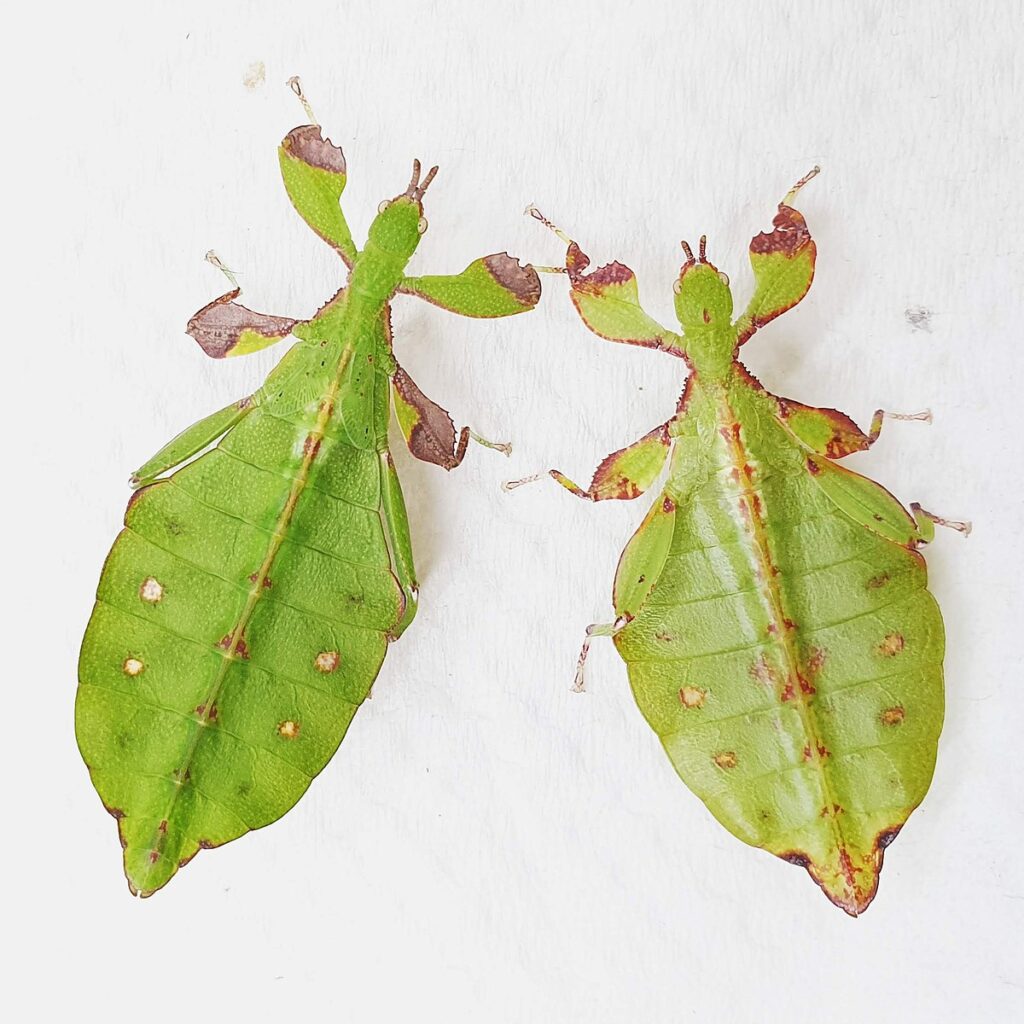 Pin
Pin 7. Moss Mimic Stick Insect (Phasmodes mimosae): With its mossy appearance and leaf-like structure, this insect seamlessly blends into its surroundings.
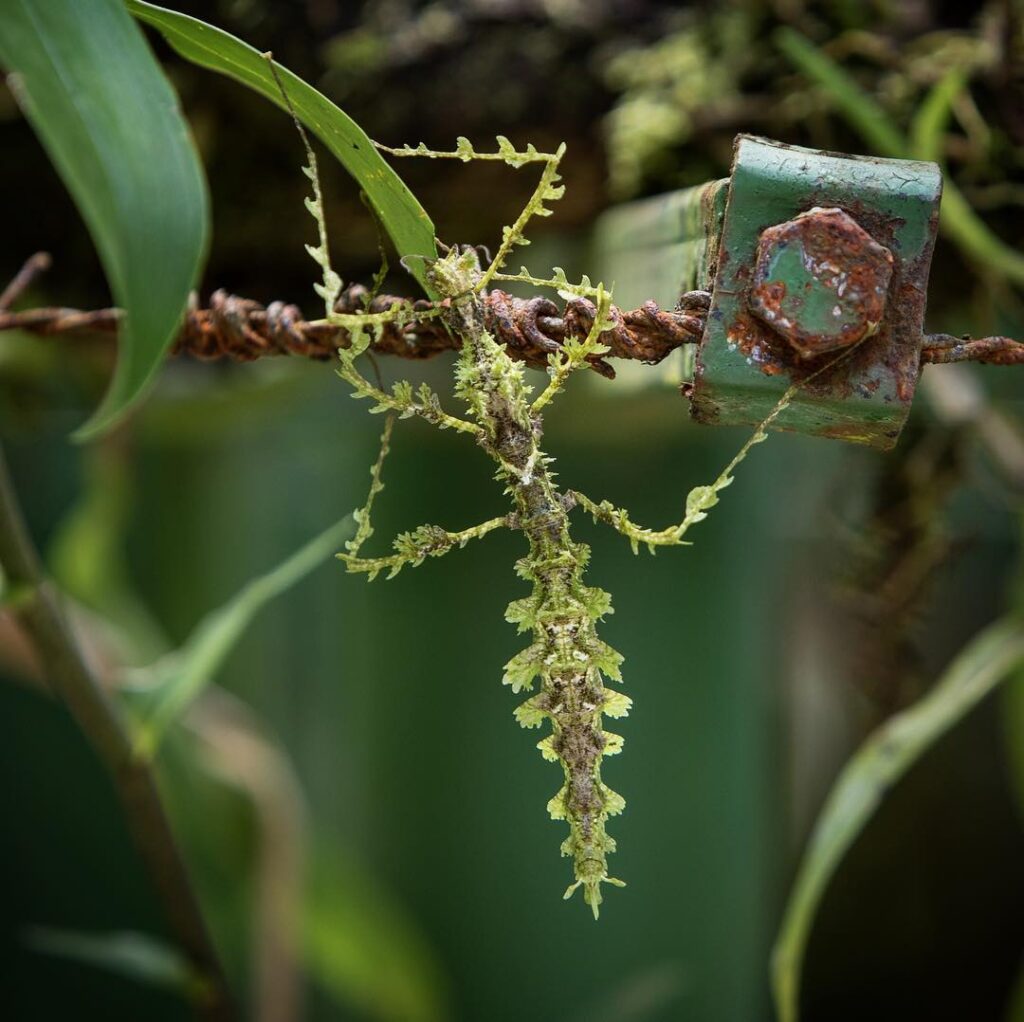 Pin
Pin 8. Spiny Leaf Insect (Extatosoma tiaratum): The Spiny Leaf Insect features prominent spines and intricate leaf patterns, adding to its allure.
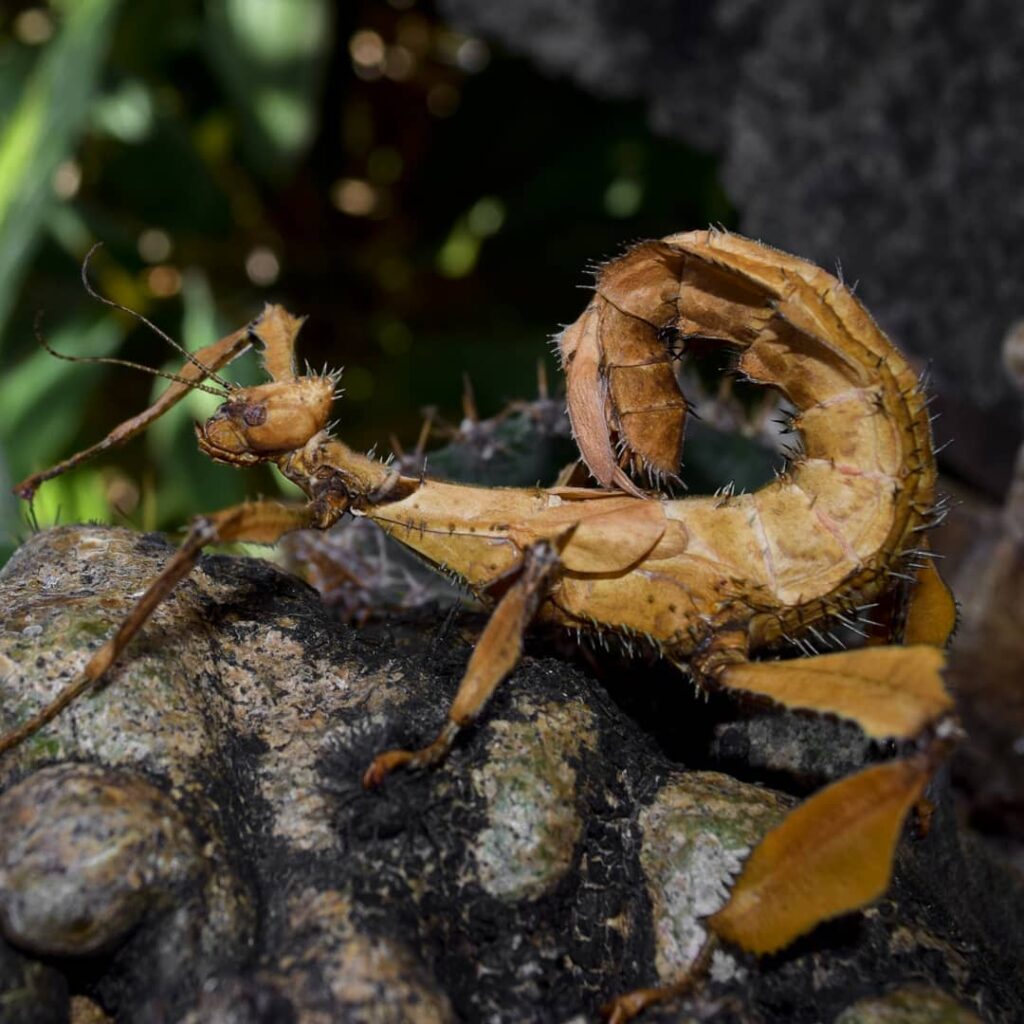 Pin
Pin 9. Peppermint Stick Insect (Megacrania batesii): This colorful leaf insect mesmerizes with its peppermint green appearance and leaf-like body.
 Pin
Pin 10. Jungle Nymph (Heteropteryx dilatata): Though not a true leaf insect, the Jungle Nymph is known for its large leaf-like wings and captivating green color.
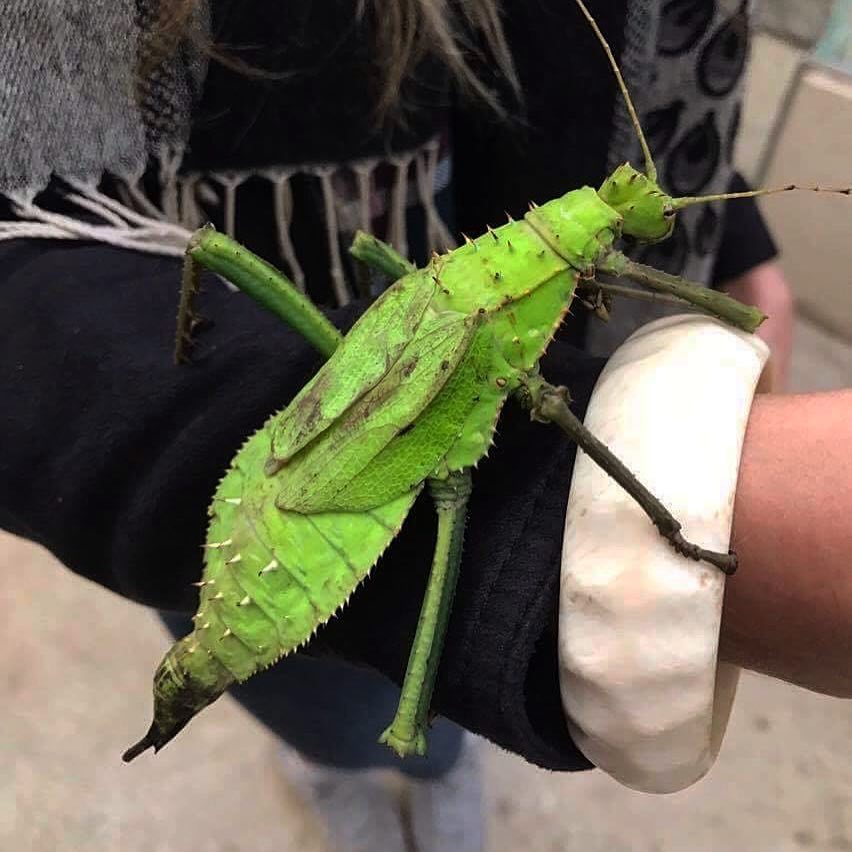 Pin
Pin From the stunning Indian Leaf Insect to the colorful Peppermint Stick Insect, the world of leaf insects is filled with wonder and beauty. These top 10 most beautiful leaf insects showcase nature’s brilliance and the incredible diversity of the insect kingdom.
FAQs about Leaf Insects
Leaf insects are fascinating creatures that resemble leaves in appearance, blending seamlessly into their environment as a form of camouflage.
Leaf insects are commonly found in tropical and subtropical regions, inhabiting forests and areas rich in vegetation where they can mimic leaves to avoid predators.
Leaf insects rely on their remarkable camouflage to evade predators by resembling leaves, making it difficult for them to be detected in their natural habitat.
Leaf insects primarily feed on leaves from a variety of plant species, with some species also known to consume other plant materials to meet their nutritional needs.
Leaf insects are not considered endangered species, but deforestation and habitat loss pose a threat to their populations in the wild.
Leaf insects reproduce through sexual reproduction, with females laying eggs that eventually hatch into nymphs resembling miniature versions of the adult insects.
Yes, leaf insects can be kept as pets for those interested in observing their unique behavior and camouflage abilities, but proper care and attention to their specific dietary and environmental needs are essential for their well-being.

